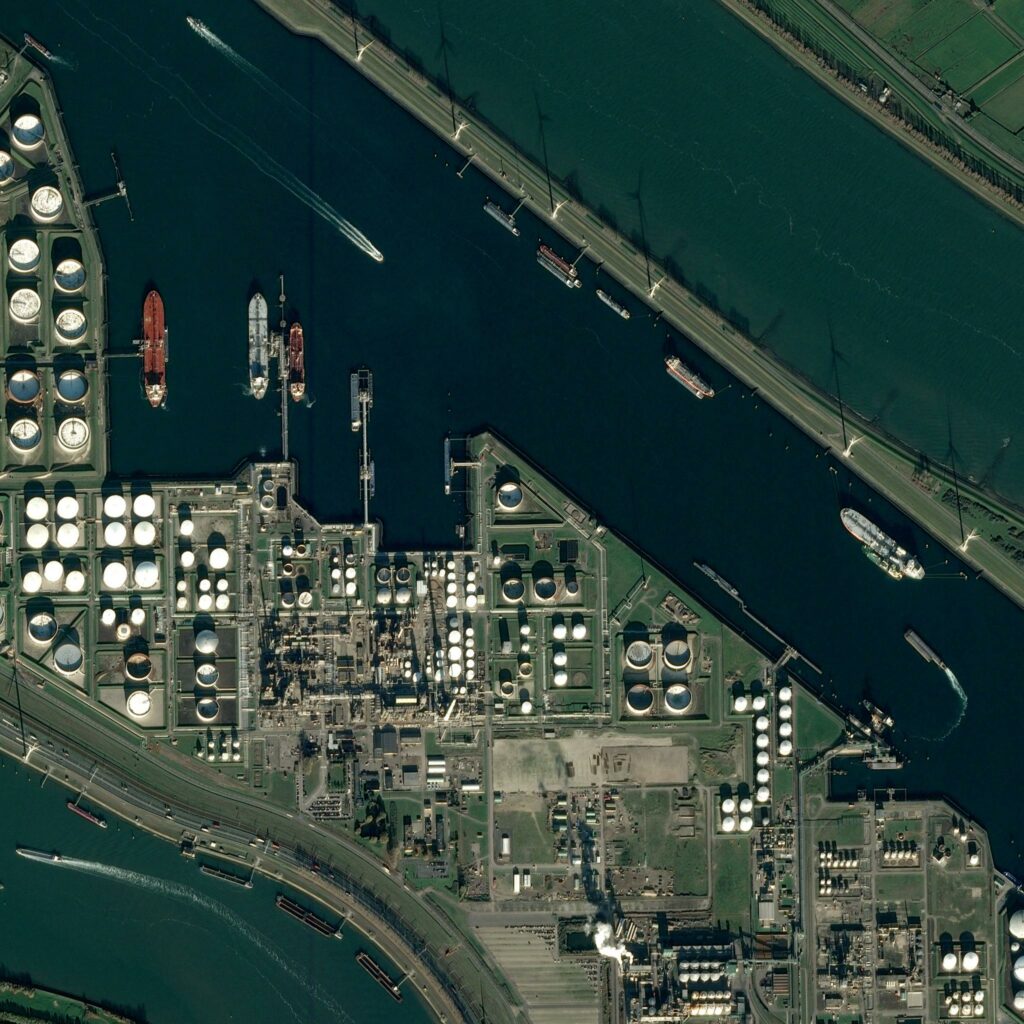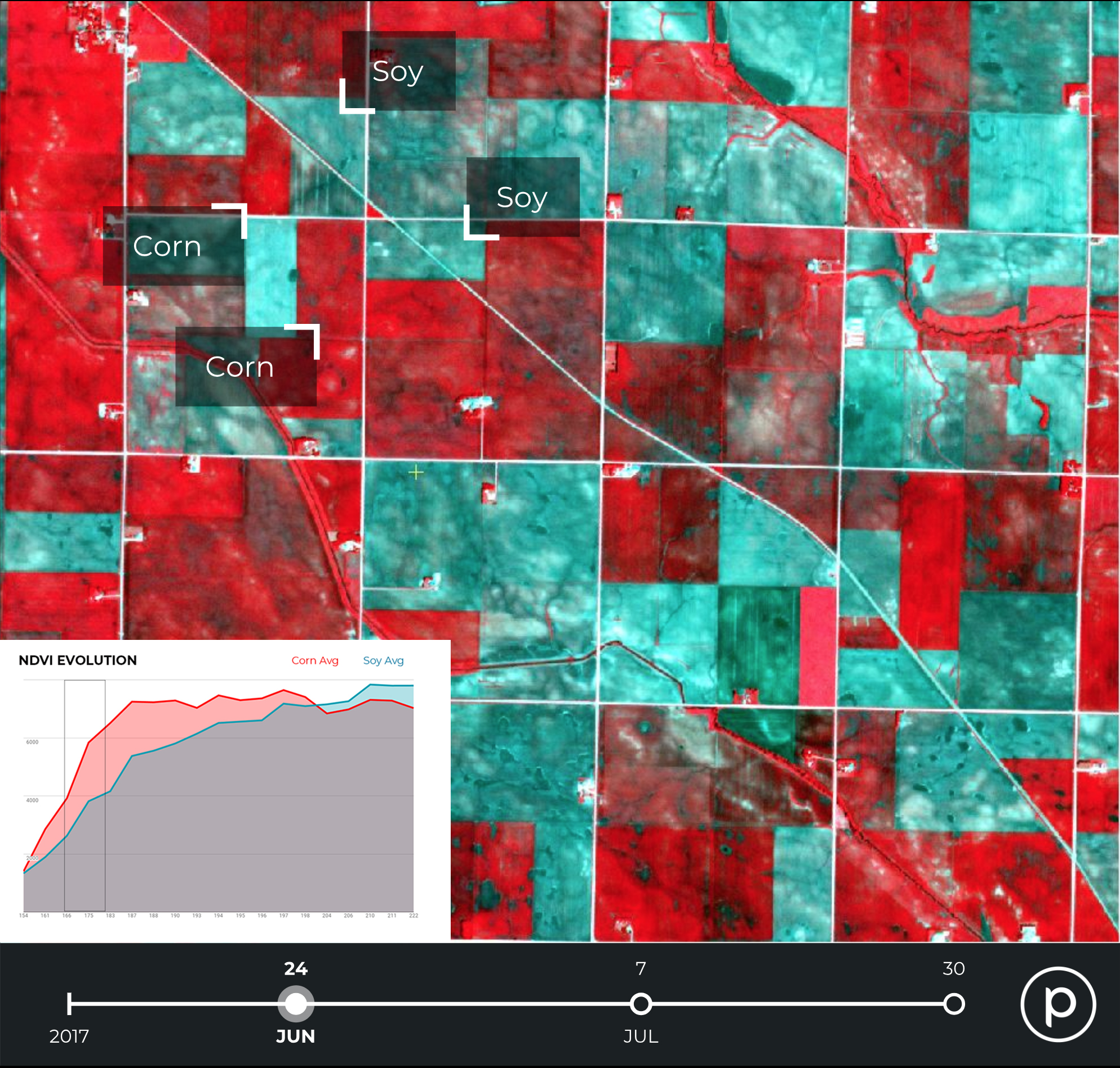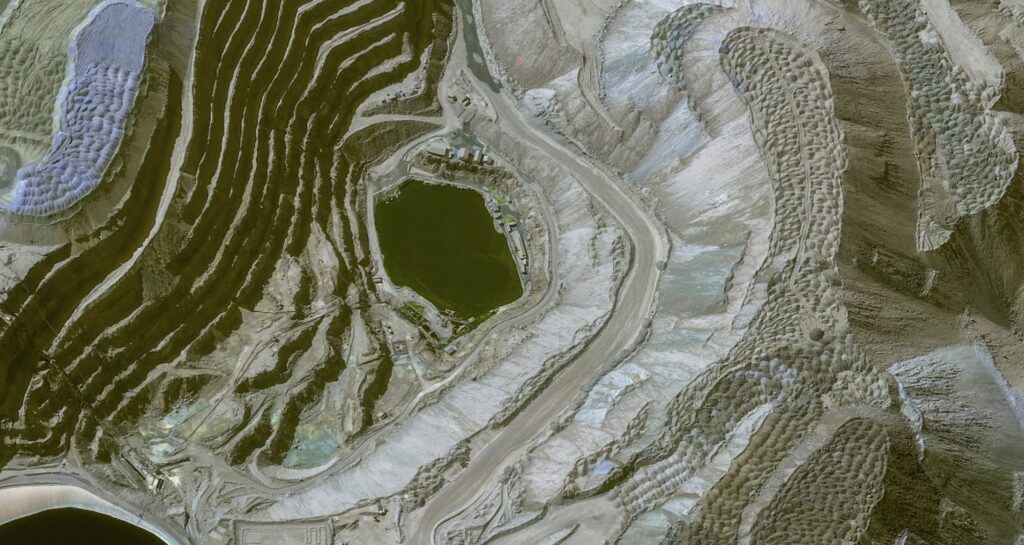
How Satellite Data Can Help to Mitigate the Impact of Mining
Editor’s note: This article was written as part of EO Hub – a journalistic collaboration between UP42 and Geoawesomeness. Created for policymakers, decision makers, geospatial experts and enthusiasts alike, EO Hub is a key resource for anyone trying to understand how Earth observation is transforming our world. Read more about EO Hub here.
It’s no secret that mining isn’t great for the environment. But the many challenges faced by the mining sector today often boil down to one particular difficulty: data collection and analysis that allows for meaningful change.
Commercial mines can be vast—sometimes spread across several dozen kilometres. Added to this, they are often located in remote, hard-to-reach parts of the world, which limits access for emergency response teams. For these reasons, ensuring miner safety in the event of a disaster can be extremely difficult..
In addition, surveying and restoring former mines is also a major challenge. However, satellite data might be about to change that.
Data obtained by satellites can have a significant positive impact on the mining sector. Beyond enhancing safety and restoration efforts, it can be used throughout the entire mining cycle: from identification of mine location, through design and construction of the pit and structures, right up to and including mine rehabilitation.
Little wonder, then, that earth observation technology is growing in popularity in the sector—and that it is becoming increasingly relevant in terms of Environmental, Social and Governance (ESG) principles. The two areas that are potentially the most significant and highlight the hugely positive impact that earth observation data can have on the sector are environmentalism and safety.
Satellite and drone data
Traditionally, mining companies have collected data using conventional in-person land surveying techniques. However, considering the size of the sites involved, gathering data for entire areas on mining sites and their surroundings with any kind of regularity is difficult.
In recent years, the modern mining industry has turned to remote sensors and drones as a solution. UAV technology tends to be applied on a ‘local’ level, where it is used in measuring volume—for example, the size of stockpiles—or for surveying slopes and rock faces after blasting. Drones are well-suited for this kind of job and complement traditional ‘total station’ measurement.
However, the major issue regarding drone data is that it is simply not practical to use UAVs for mapping and situational awareness over the enormous 30–50km2 areas that comprise some of today’s mining sites. As such, drones are rarely used for collecting and processing data focused on safety and the environment, which takes place some distance away from the main exploration/extraction areas, often with the added complication of dense vegetation and protected areas.
In cases such as these, high-resolution satellite imagery—for example, the 30cm resolution Pleaides Neo data—can be used in addition to the data provided by drones, sensors, and conventional means. Significantly, platforms such as UP42 have now given mining companies (and other relevant organizations) the ability to ‘task’ satellites to capture on-demand data—satellite imagery which can be captured up to several times a day (if required), providing situational awareness for areas of virtually any size, giving total control over the data. This enables the collection of regular, high-resolution data for constant monitoring. Moreover, satellite data can be used to generate 3D digital elevation models , or harnessed to evaluate vegetation health using multispectral analysis.
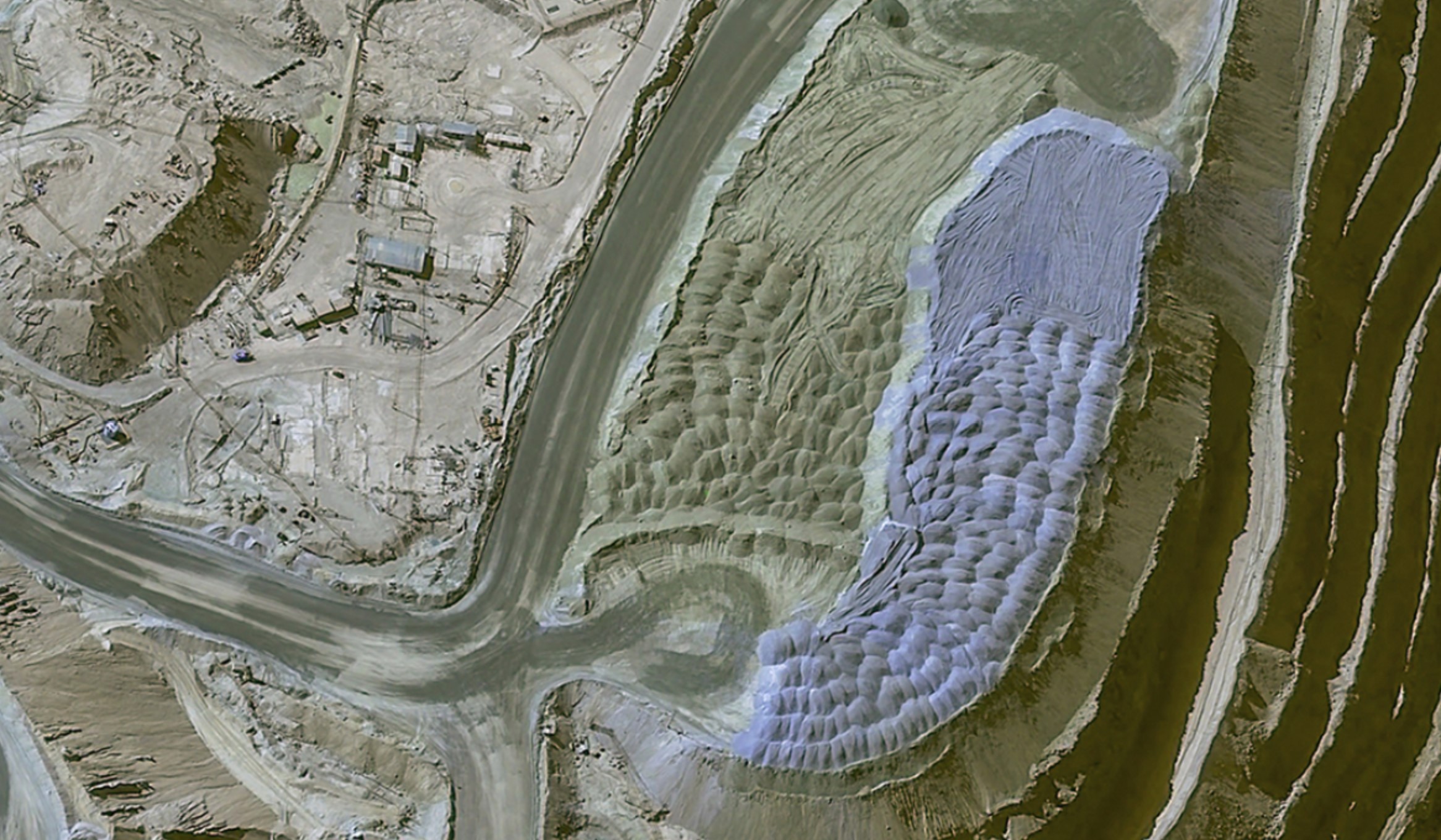
Environmental benefits from satellite data
Sadly, the mining industry has had myriad negative effects on the environment throughout its history. Impacts from mining activities include: soil erosion, formation of sinkholes, loss of biodiversity, and contamination of water and soil, including chemical leaks, leading to consequential harm to human populations and wildlife in surrounding areas. Satellite data can help to mitigate this damage in three key areas.
First, earth observation data can be used to monitor the impact of mining activity on the environment over time. Secondly, the data can help to detect potential environmental risks for example related to water contamination or deforestation near-real-time. Finally, satellite imagery can help companies adhere to environmental rehabilitation policies and laws (generally, companies must commit to eventual restoration of the area of activities to its original state). The images can help companies achieve this, and also prove that it has been done.
An environmental example: Freeport-McMoRan mining company
Background
Mining company Freeport-McMoRan operates internationally, extracting copper, gold and molybdenum. Freeport has committed to several sustainability goals, including environmental protection, with the slogan ‘Accelerating the Future, Responsibly’.
One of Freeport’s goals relates to its ‘tailings’ facilities (tailings are the waste products produced from mining) with a stated target of zero ‘unplanned discharges’ or ‘catastrophic failures’ from these sites. Using conventional land surveying methods, Freeport staff would need to journey along the dam crest by foot—a long and potentially dangerous journey of several miles—to take water measurements.
Use of satellite data
Freeport harnesses a combination of remote sensing and earth observation data, including Sentinel-2, Landsat, Planet, and drones, with imagery collected on a near-daily basis. Using this data, the company’s engineers are able to monitor their tailings ponds, measuring them in relation to the outer embankments. Multi-spectral imagery and analysis also enables the measurement of beach width and permits highly accurate water volume measurement.
With the assistance of satellites, Freeport’s engineers are able to gain an improved understanding of the tailings sites while also remaining safe—and also increasing efficiency, as they are able to better plan their workflows.
Do you like the article? Subscribe to our newsletter
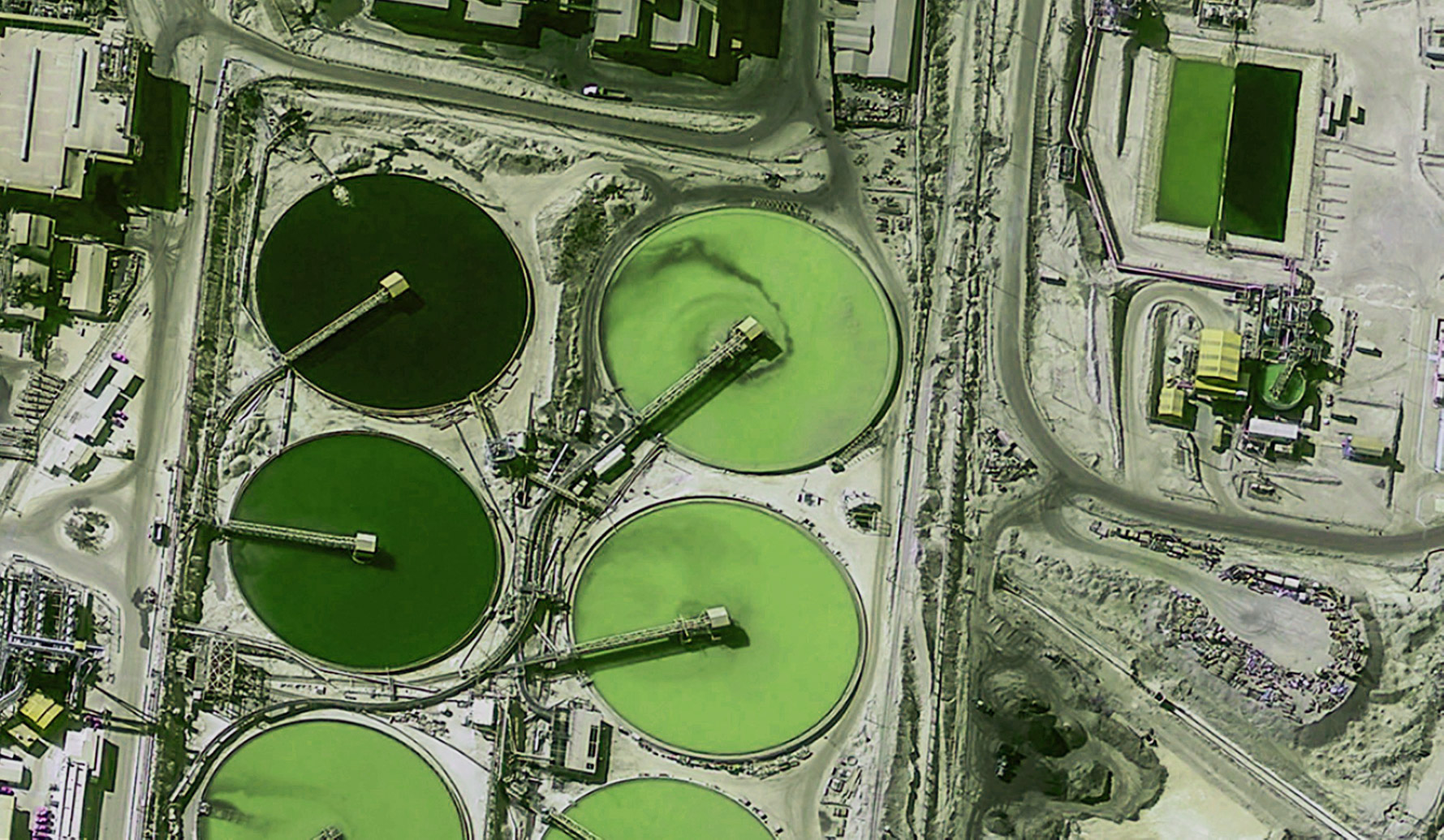
Safety benefits from satellite data
According to The World Counts, “More people are killed or injured in the mining industry than in any other industry.” Officially, the number stands at 15,000 annually, but this is considered a very conservative estimate, with the true total likely to be hundreds of thousands of deaths a year.
Whatever the number, there’s no doubt that a mine site can be a dangerous place. It involves explosive activities, heavy equipment, and contact with chemicals—not to mention climate factors. To avoid mistakes and accidents that can cause injury or death, close monitoring of activities and constant safety assessments are critical.
Safety example: Wai Khar open cast jade mine, Myanmar
Background
Myanmar produces up to 90% of the world’s jade, but conditions at the country’s jade mines are often poor and dangerous. In 2020, catastrophe struck at the Wai Khar open cast mine, when more than 170 people were killed in a landslide. The initial theory was that the tragedy was caused by monsoon rainfall.
Following the disaster, a study was conducted by analyzing satellite and other remotely-sensed data, which revealed that poor pit design and mismanagement had played a major part in the landslide. Specifically, the mine walls were constructed at a precariously steep angle, especially considering the nature of the surrounding rock. Images collected in the preceding 7 years proved that there had been a series of landslides in the same location, with data also showing ‘accelerated deformation.’
Potential for satellite data
Many mining sites globally are remote and rural, and therefore regular field studies are often impractical and expensive. As a result, changes (such as land displacement, landslides and deformation) frequently go unnoticed, which can lead to increased risk of danger to personnel and assets.
The disaster at Wai Khar starkly highlighted the need for accurate and regular safety monitoring of mining sites. The subsequent study demonstrated that the use of earth observation data (both optical and SAR) would be ideal in achieving this, as satellites are able to provide high-resolution images of vast areas, with frequent re-visits.
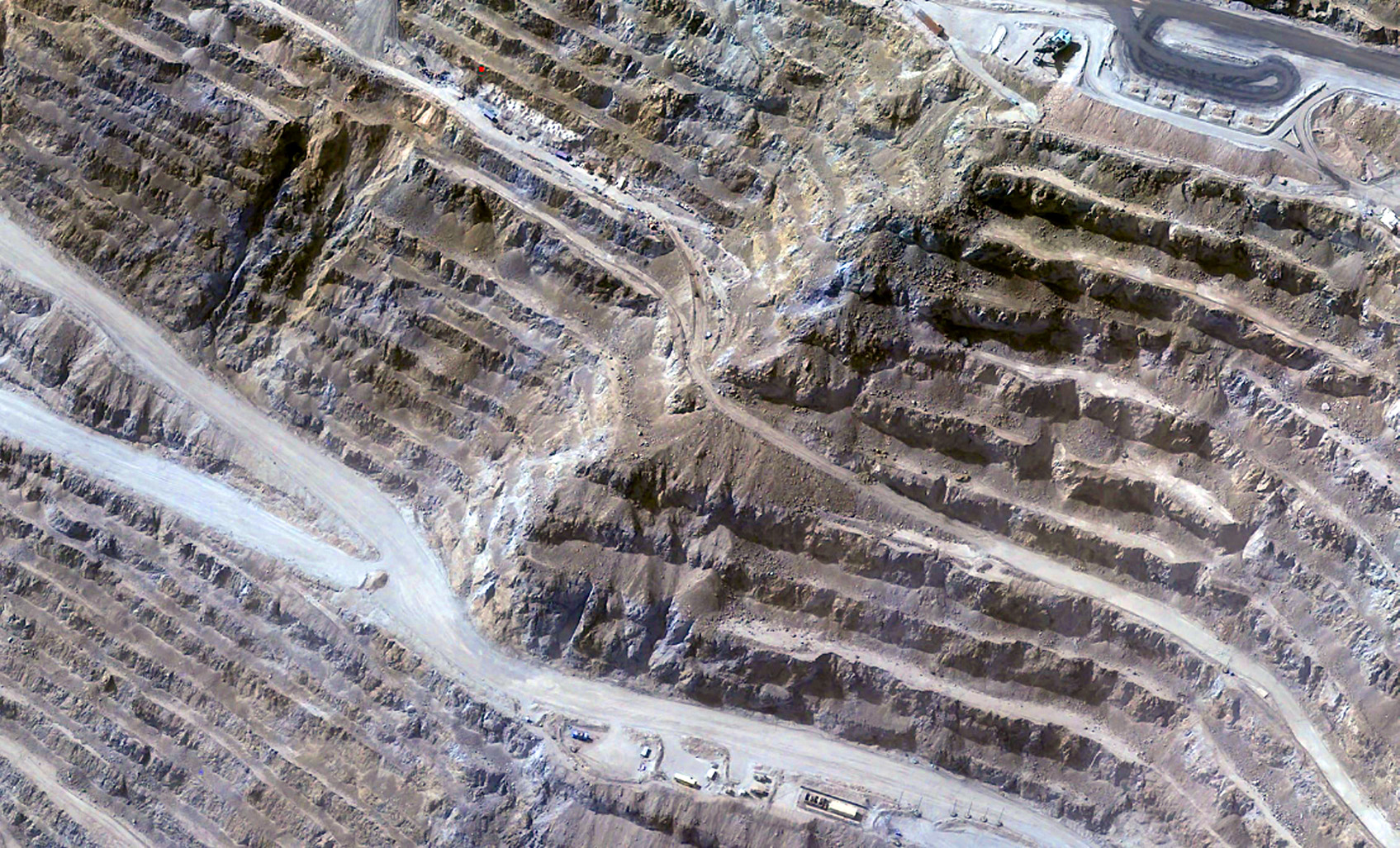
The future of mining: mitigating environmental impact and improving safety
Historically, the impact of mines on the environment has been devastating. However, with access to high-resolution, time-sensitive data, companies are finding ways to measure and reduce this impact—such as Freeport with their tailings ponds—and to restore habitats to their former state upon the conclusion of operations.
At the same, safety issues have plagued the sector, with an alarmingly high rate of fatal accidents. Mining disasters, like the devastating one at the Wai Khar jade mine, can still happen even with sufficient safety practices; however, by implementing Earth observation data, the risks can be massively reduced.
By helping to solve age-old problems with innovative new solutions, Earth observation is critical in enabling the mining industry to plan for the future, meet ESG targets, and play a part in a better tomorrow.



